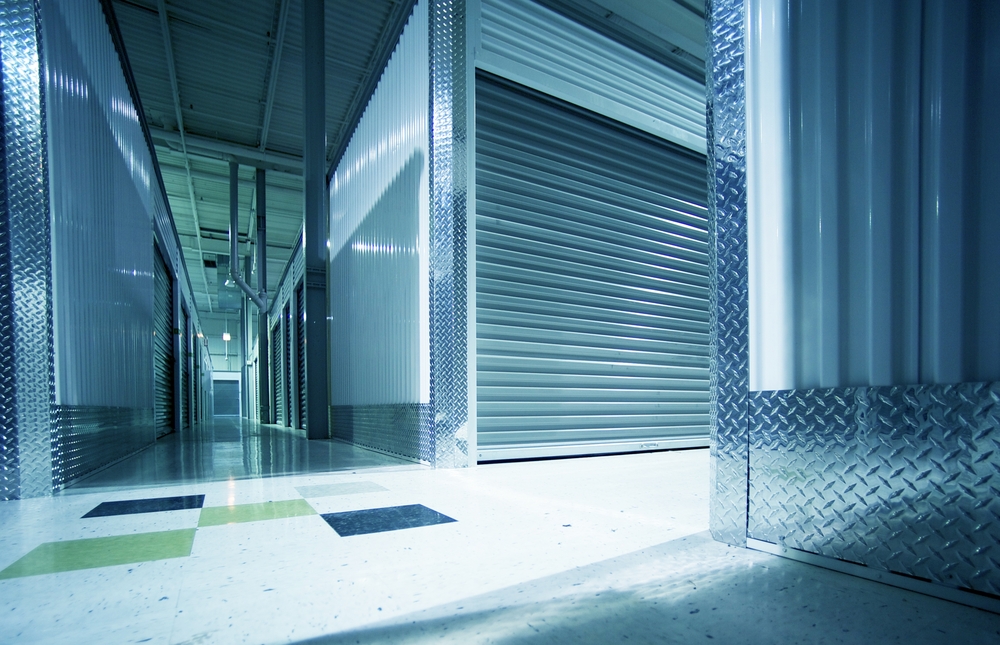
Storage facilities and self-storage rental makes up a multi-billion dollar industry in the United States and it keeps growing. In fact, it almost seems as if we still don’t have enough storage space for all our stuff.
Around the world, Americans are known for acquiring and accumulating personal goods. In fact, we have access to so many consumer goods that we are often either the envy of other nations or seen as shallow and self-absorbed!
But it is the very fact that Americans constantly need more room for storing all their things that has made the business of self-storage units so lucrative.
And, along with that need to store things comes the need to keep those things secure.
How Big is the Storage Facility Industry?
Here is an industry overview as of January 2021 from SpareFoot.com:
U.S. Self-Storage Sector Metrics Data
- Annual industry revenue $39.5 billion
- Number of storage facilities 49,000+
- Total rentable self-storage space 1.9 billion square feet
- Self-storage space per person 5.9 square feet
- Percentage of households renting self-storage units 10.6 percent
- Average monthly cost for a self-storage unit $89.12
In fact, there are more self-storage facilities in the U.S. than Walmart’s, McDonald’s, and Starbucks locations combined! (Just over 15,000 in case you’re wondering.)
Storage Facility Security: Keeping Our Stuff Safe
Typical storage facilities rely on a set of tried-and-true security measures to help ensure the safety and integrity of their customer’s goods.
First and often foremost on that list is fencing. At the very least, a storage facility should have a large, secure fence extending around the perimeter. The stronger, higher, and more fortified the better. While a determined thief will find a way to breach most fences, the typical “would be” thief or criminal should find it difficult if not impossible.
Another key feature is the gate system. Most high-end gates have coded entry systems that can also record who uses what code to get in. The gates themselves should match the surrounding fencing for height and deterrence ability.
When a car drives into the facility it is almost always on camera and recorded from the moment the driver steps out of the car and walks up to their unit. If someone who doesn’t belong onsite enters, not only will they be on camera but so will their vehicle and license plate to identify them later.
Along with cameras, motion sensors can be helpful, according to one storage facility website,
“Motion detectors can connect to surveillance cameras so that they only record when a person is in the camera’s field of vision. This is important because if a break-in occurs and you review security footage, it will be easier to isolate the moments that the perpetrator was caught on camera instead of pouring over hours of video.
Motion detectors can also connect to the light system. When someone enters a section of the self-storage facility and their motion is detected, the system can activate bright lights.”
But aside from the storage facility manager and perhaps a staff member or two, there is no live surveillance or monitoring of security concerns in a storage facility. Especially at night.
Storage Facility Security: Why Live Video Monitoring
As we noted earlier, if a break-in occurs in your facility and you must review security footage, if you cannot isolate the time frame that the perpetrator should have been caught on camera, you may find yourself reviewing hours of security camera video.
And, even if you can pinpoint it to a span of an hour or even a half-hour, all you can do at that point is review the footage and hope to find something there that can help identify the interloper. In other words, even the best video camera system combined with motion sensors is still a passive tool that does little more than record a crime taking place.
However, a live video monitoring system can provide a truly interactive tool that allows security surveillance technicians to view the video capture in real-time and engage verbally. By utilizing standard video monitoring systems and enhancing them with smart technology, storage facilities can have live video monitoring 24/7, even during hours the office is closed.
Live Video Monitoring: A Smart Security Solution for Storage Facilities
Blue Eye has developed unique AI software that detects potential threats to your property and a system that alerts our highly trained Video Surveillance Technicians (VSTs) within seconds who can then respond in real-time.
Our proprietary security system solution integrates artificial intelligence with human interaction to provide a safe and reliable video surveillance monitoring solution that utilizes your existing security cameras.
And, if you don’t have cameras, we can assist you in finding the optimum installation solution.
At our Command Center, VSTs utilize our Computer Vision-assisted technology to protect your business property. This is where our VSTs receive alarms and employ real-time responses for a wide variety of business properties.
Even with global clients, each individual alarm is assessed live, in real-time, and responded to according to that property owner’s desired protocol.
Our customized approach allows each client to have the flexibility of adapting their security system to meet the unique needs of their business and their facility.
Ready for real-time deterrence for your storage facility security system?
Call us today at 855.258.3662 or email us at [email protected]. Let us design an effective solution for your business!
